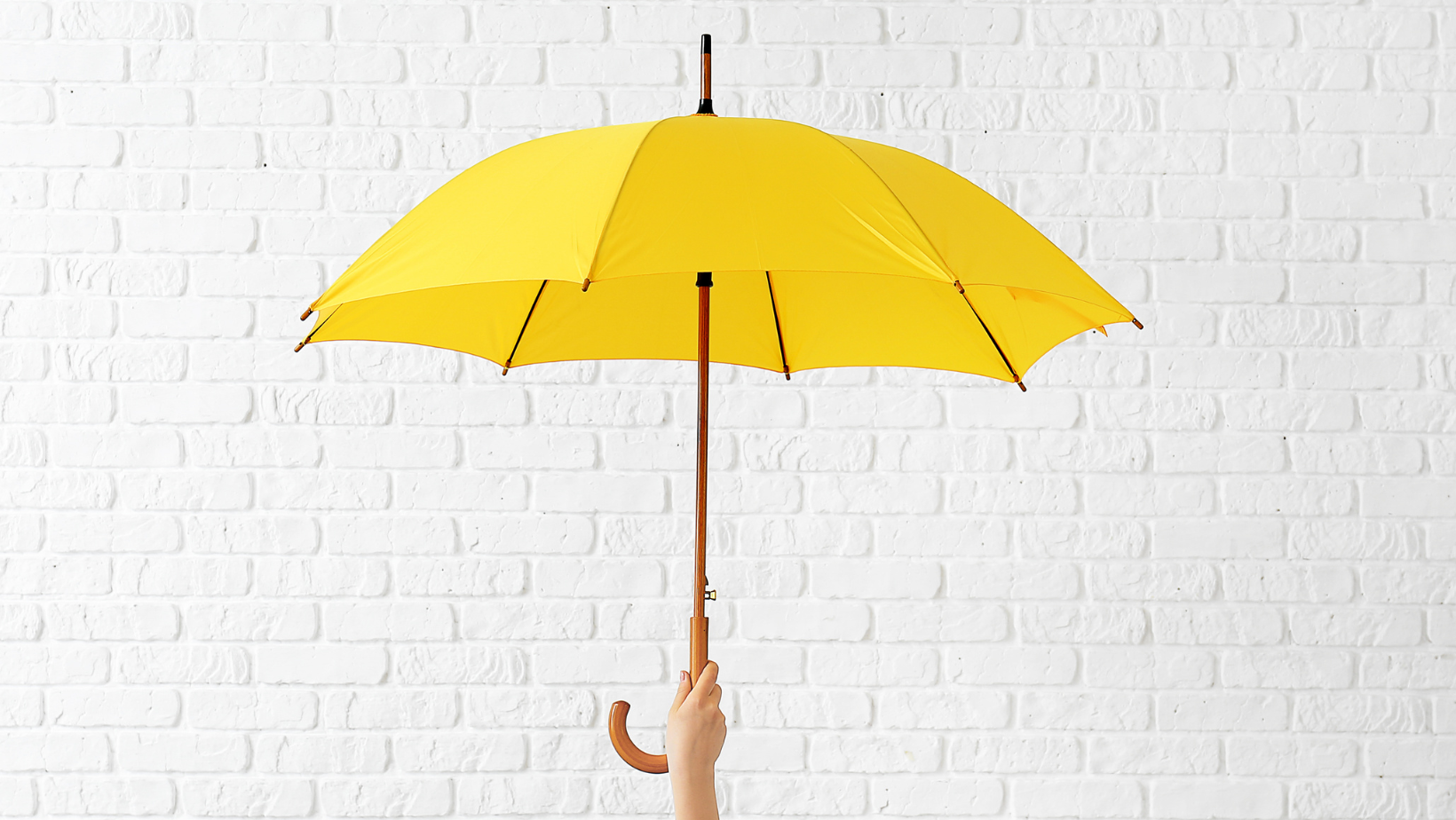In today’s world, information is more accessible than ever, but being able to find, evaluate, and use it effectively is a critical skill set known as information literacy. As students, educators, and lifelong learners, understanding information literacy’s many facets helps us navigate everything from research projects to digital content consumption. At Edstablished, we believe mastering these skills is vital for personal growth and academic success.
In this post, we’ll dive into the subcategories of information literacy and explore how each one equips learners to engage with information confidently and ethically.
1. Digital Literacy
The digital age brings an endless stream of information right to our fingertips. Digital literacy is the ability to use digital tools, devices, and platforms to find, evaluate, and create content. Whether it’s conducting research through online databases or using apps for collaboration, digital literacy involves knowing how to engage with digital environments safely and effectively.
Key Skill: Understanding how to search for and evaluate online resources while protecting your digital footprint.
2. Media Literacy
With the rise of social media and digital news platforms, media literacy has become a crucial skill. It involves the ability to critically assess media messages, identifying bias, misinformation, and the ways media shape public opinion. Whether analyzing advertisements, news articles, or social media posts, media literacy empowers us to become informed consumers of media rather than passive recipients.
Key Skill: Recognizing bias, propaganda, and evaluating the credibility of different media sources.
3. Data Literacy
In an era driven by big data, knowing how to interpret and use data is increasingly important. Data literacy involves understanding data sources, evaluating the accuracy of data sets, and interpreting data visualizations like charts, graphs, and statistics. This skill helps us make informed decisions based on reliable data.
Key Skill: Analyzing and interpreting data to make evidence-based decisions.
4. News Literacy
In a time of widespread misinformation and “fake news,” news literacy enables us to critically evaluate news sources for accuracy, reliability, and bias. Knowing how to distinguish fact from fiction in news reporting is key to staying informed and making sound judgments in our personal and civic lives.
Key Skill: Evaluating the credibility of news sources and detecting misinformation.
5. Visual Literacy
In a world increasingly dominated by visual content, visual literacy focuses on understanding and interpreting visuals like images, videos, and infographics. Being visually literate helps us derive meaning from the visual content we encounter daily and equips us with the skills to use visual media to convey messages effectively.
Key Skill: Analyzing and creating visual content to communicate ideas effectively.
6. Information Ethics
Information is power, but with that power comes responsibility. Information ethics involves understanding how to use and share information ethically, including respecting intellectual property, avoiding plagiarism, and handling sensitive information appropriately.
Key Skill: Recognizing and practicing ethical use of information in all forms.
7. Research Literacy
Research literacy is essential for students, educators, and professionals who need to find and use credible sources of information. This skill involves formulating research questions, identifying trustworthy resources, and synthesizing information into meaningful conclusions. Whether conducting academic research or personal inquiry, research literacy is key to creating well-informed content.
Key Skill: Conducting effective research by evaluating the credibility and relevance of sources.
8. Critical Literacy
Going beyond surface-level information, critical literacy involves questioning the underlying assumptions, ideologies, and power dynamics that shape the information we encounter. Critical thinkers not only consume information but also analyze the social and cultural context in which it was created.
Key Skill: Asking critical questions about the sources and motivations behind information.
9. Scientific Literacy
From climate change to medical advancements, scientific literacy helps us understand the scientific information that impacts our world. This skill includes understanding scientific methods, evaluating evidence, and knowing how to separate science from pseudoscience. It’s about making informed decisions based on credible scientific data.
Key Skill: Comprehending and evaluating scientific research to make informed decisions.
10. Civic Literacy
Informed citizenship relies on civic literacy, the ability to find and evaluate information related to government, politics, and civic engagement. Understanding how government institutions function, staying up to date on public policy issues, and recognizing how to access public resources are all part of this important subcategory.
Key Skill: Engaging in civic life by understanding and evaluating political and social information.
Why These Skills Matter
Information literacy isn’t just a buzzword – it’s a foundation for success in today’s information-saturated world. As we interact with data, media, and digital resources, these subcategories of information literacy empower us to become informed citizens, critical thinkers, and responsible consumers of information.
At Edstablished, we’re committed to helping educators, students, and lifelong learners develop these essential skills. Whether you’re creating a lesson plan or simply exploring the digital world, understanding and applying these forms of literacy can enhance how you interact with information and, ultimately, how you contribute to society.
Stay tuned for more resources and tips on navigating the world of information literacy!


